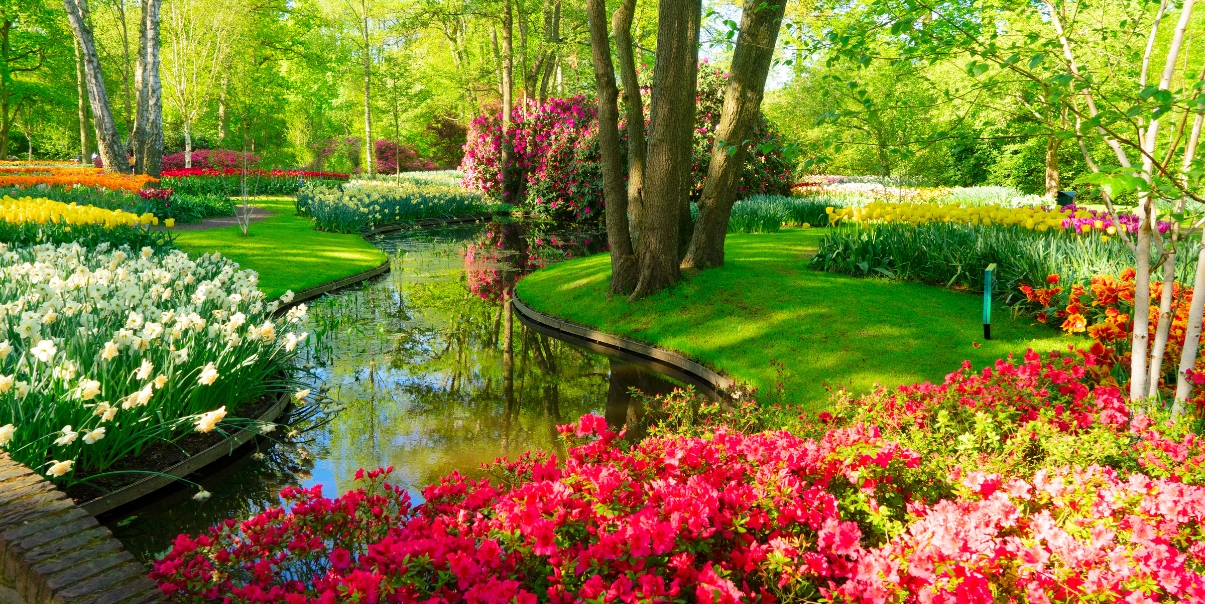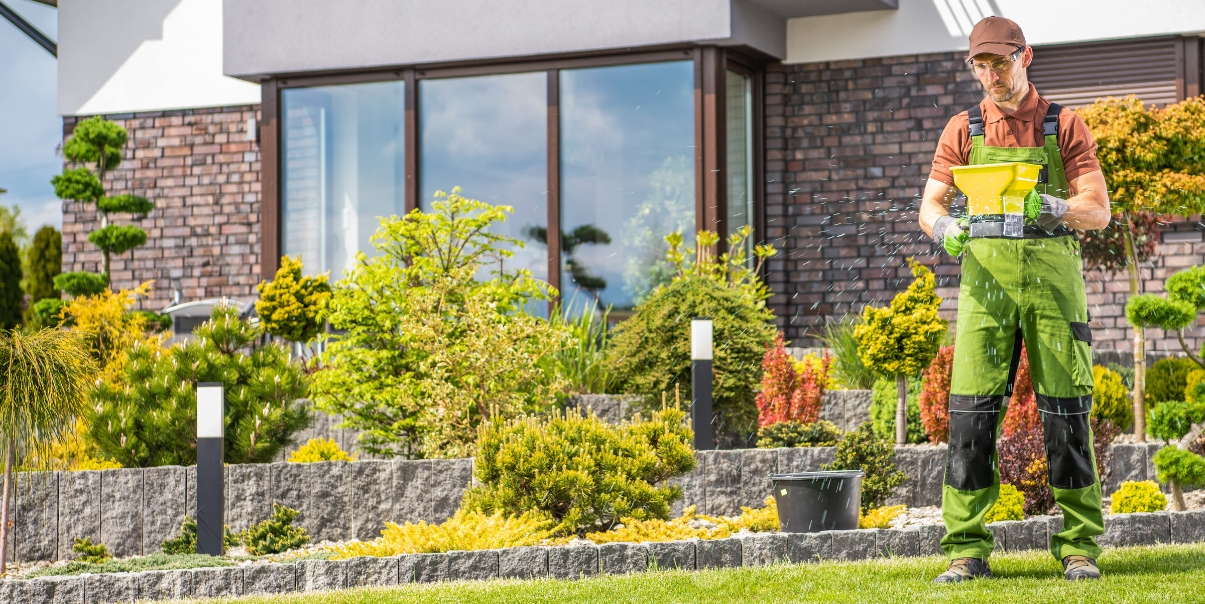Best Fall Fertilizing Practices for Lush Lawns
Fall Lawn Fertilizing
Fall is a very important time for your lawn to recover from months of heat and foot traffic and get ready for winter. Fertilizing your lawn in the fall will help the roots grow stronger, which will help the grass grow better in the spring. It’s also a chance to help the soil stay healthy and encourage long-term lawn care, especially for people who care about environmentally friendly landscaping.
Timing is key
Timing is very important for getting the most out of fall fertilizing. You should fertilize your lawn after the summer heat has passed but before the grass stops growing. That usually means sometime between the end of August and the beginning of November, depending on where you live. If your area has cooler autumns, try to plant in early fall so that the nutrients can be absorbed before the plants go dormant for the winter.
Know What Kind of Grass You Have
Not every type of grass reacts the same way to fall fertilizing. If you have cool-season grasses like fescue or Kentucky bluegrass, fall is a great time to fertilize. These kinds of grass have their roots grow the most in the fall. If you have warm-season grasses, on the other hand, fall feeding may not be as important and needs a different formula. Before you start adding nutrients to your lawn, you need to know what kind it is.
Pick the Right Mix of Fertilizers
Find a fertilizer that says it can be used in the fall. These mixes usually have more potassium, which helps roots get stronger and fight off diseases. You still need nitrogen, but not as much as you would in the spring. A slow-release formula can give you more consistent results and help you avoid the problems that come with giving your plants too much fertilizer. This is especially helpful if you’re using smart irrigation systems to better control how water and nutrients get to your plants.
Don’t Go Overboard
Using too much fertilizer can do more harm than good. If you use too much fertilizer, your grass may grow quickly but weakly and not survive the winter. In the worst case, it could even kill your lawn. Follow the manufacturer’s instructions and use a spreader to make sure the application is even. If you’re hiring a professional landscaping company, make sure they use methods that are good for the environment and pollinators, like native plant gardens and pollinator-friendly landscaping.
Use Water Wisely
Your lawn will need water after you fertilize it so that the nutrients can soak in. If it doesn’t look like it’s going to rain, water your yard lightly. But don’t soak it too much because too much water can wash away nutrients before the soil has a chance to take them in. Smart irrigation systems can be a good way to give plants the right amount of water, especially if you use water-saving methods like xeriscaping or planting plants that can survive without water.
Fall Fertilizing Practices
Get The Lawn Ready
Before you put any fertilizer on your lawn, do a few things to get it ready. Cut your grass to a reasonable length and get rid of any leaves or trash. This makes sure that the fertilizer gets to the soil better. Aerating your lawn by punching small holes in it can also help nutrients get into the soil and make it less compact. These steps help keep your lawn healthy and prepare it for better growth.
Add Fall Lawn Tasks
When you do other seasonal lawn care at the same time as fertilizing in the fall, it works best. To make your grass thicker, think about overseeding bare spots. Keep mowing until the grass stops growing. Rake your lawn often to keep leaves from piling up, which can kill the grass. If you want to landscape your front yard with low-maintenance ideas, adding edible gardens or fake grass in certain areas can help keep the yard healthy while cutting down on the amount of work you have to do.
Consider The Health
Fertilizing isn’t just about making your grass look nice for a few weeks. You are giving the soil as much food as you are giving the grass. Good soil helps with everything from growing roots to holding water. Adding organic matter or compost to your fertilizer routine can help make the soil healthier over time. This will help future seasons and is in line with eco-friendly garden design.
Conclusion
Fall fertilizing is more than just a seasonal chore; it’s a smart way to keep your lawn healthy for a long time. When done right, it helps the roots grow stronger, the yard grow better in the spring, and stay healthy all year. You can make sure your outdoor space stays healthy by paying attention to timing, picking the right products, and using smart lawn care habits. Fall fertilization is one step you don’t want to skip, whether you’re working on sustainable landscaping, looking into smart irrigation systems, or trying to make your garden more friendly to pollinators.


